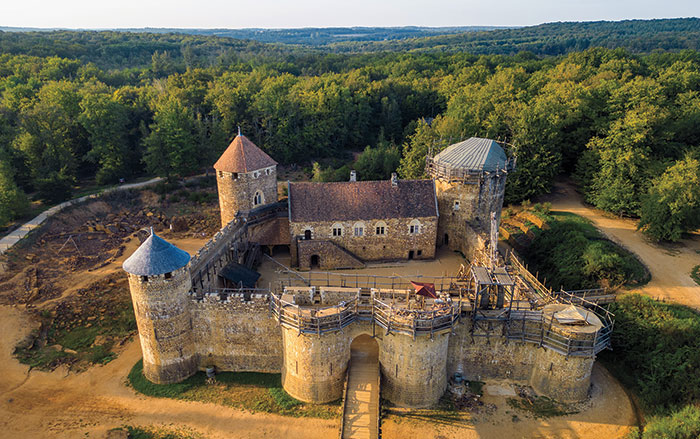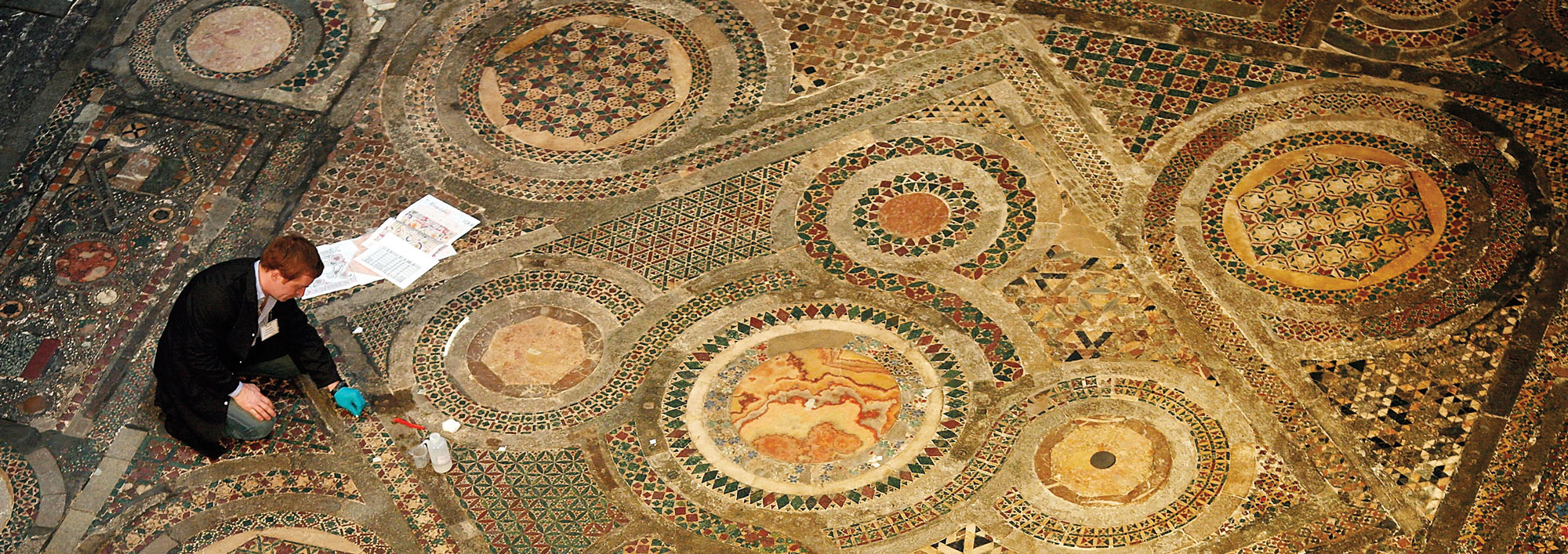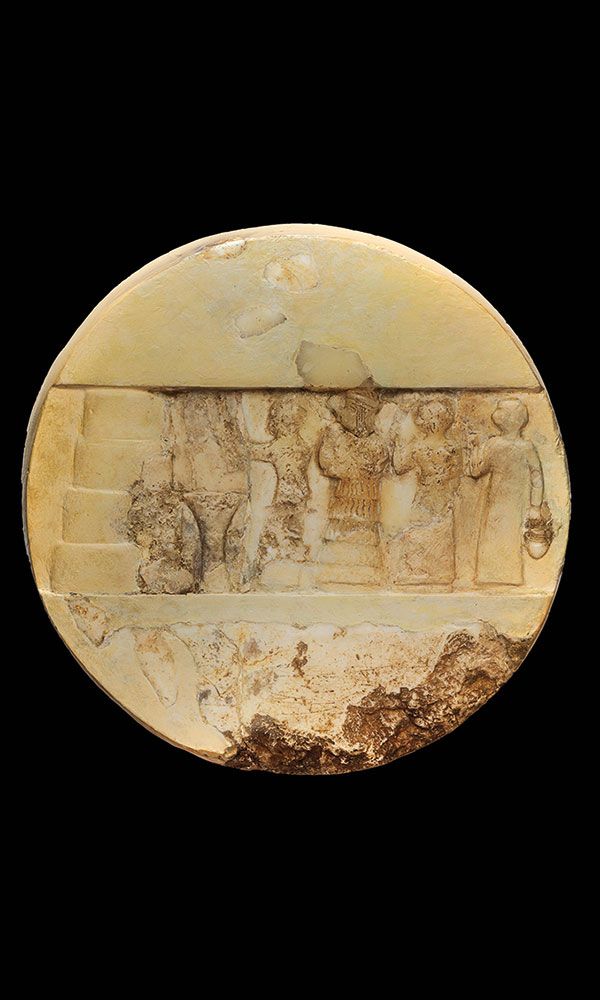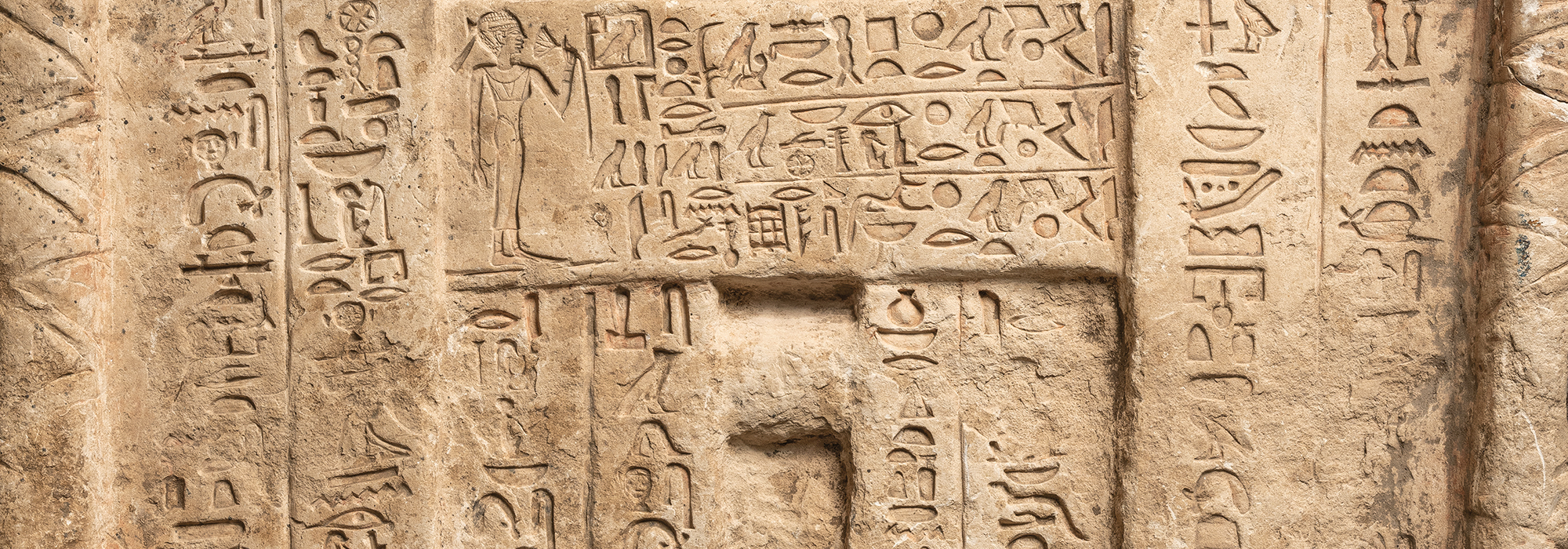
PARIS, FRANCE—According to a report in The Guardian, researchers led by Eric Crubézy of the University of Toulouse III have examined the contents of two body-shaped lead coffins found buried under the nave at Notre Dame Cathedral. The floor of the nave was removed as part of the preparations to install a new spire on the 850-year-old structure, which was heavily damaged by fire in 2019. A brass plaque on the first coffin identified the remains within as Antoine de la Porte, a rich and influential head of the cathedral who died in 1710. Archaeologist Christophe Besnier of France’s National Institute of Preventive Archaeological Research (INRAP) said that the priest had led a sedentary life, was in his eighties when he died, and had “extraordinarily good teeth.” The second coffin, which does not have a name plaque, is thought to date to the fourteenth century. The remains in this coffin belonged to a man who died in his thirties. Because the condition of his hip bones suggest he had been an experienced horseman, researchers have dubbed him “Le Cavalier.” This man’s teeth had been destroyed by chronic disease, and his skull was deformed, perhaps from wearing a headdress or headband as a baby. At death, he is thought to have been embalmed and buried wearing a crown of flowers. To read about sculptures found underneath Notre Dame's floor during restoration, go to "Around the World: France."











